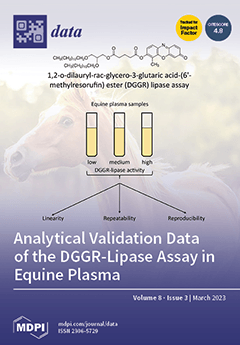Machine-learning techniques, properly combined with data structures, have resulted in Learned Static Indexes, innovative and powerful tools that speed up Binary Searches with the use of additional space with respect to the table being searched into. Such space is devoted to the machine-learning
[...] Read more.
Machine-learning techniques, properly combined with data structures, have resulted in Learned Static Indexes, innovative and powerful tools that speed up Binary Searches with the use of additional space with respect to the table being searched into. Such space is devoted to the machine-learning models. Although in their infancy, these are methodologically and practically important, due to the pervasiveness of Sorted Table Search procedures. In modern applications, model space is a key factor, and a major open question concerning this area is to assess to what extent one can enjoy the speeding up of Binary Searches achieved by Learned Indexes while using constant or nearly constant-space models. In this paper, we investigate the mentioned question by (a) introducing two new models, i.e., the Learned
k-ary Search Model and the Synoptic Recursive Model Index; and (b) systematically exploring the time–space trade-offs of a hierarchy of existing models, i.e., the ones in the reference software platform
Searching on Sorted Data, together with the new ones proposed here. We document a novel and rather complex time–space trade-off picture, which is informative for users as well as designers of Learned Indexing data structures. By adhering to and extending the current benchmarking methodology, we experimentally show that the Learned
k-ary Search Model is competitive in time with respect to Binary Search in constant additional space. Our second model, together with the bi-criteria Piece-wise Geometric Model Index, can achieve speeding up of Binary Search with a model space of
more than the one taken by the table, thereby, being competitive in terms of the time–space trade-off with existing proposals. The Synoptic Recursive Model Index and the bi-criteria Piece-wise Geometric Model complement each other quite well across the various levels of the internal memory hierarchy. Finally, our findings stimulate research in this area since they highlight the need for further studies regarding the time–space relation in Learned Indexes.
Full article





